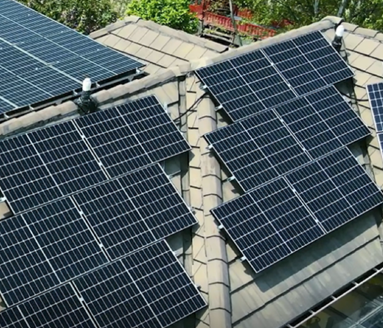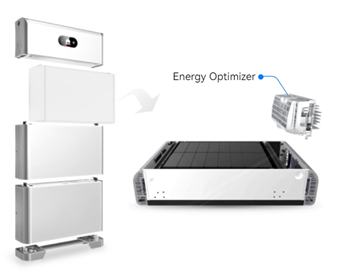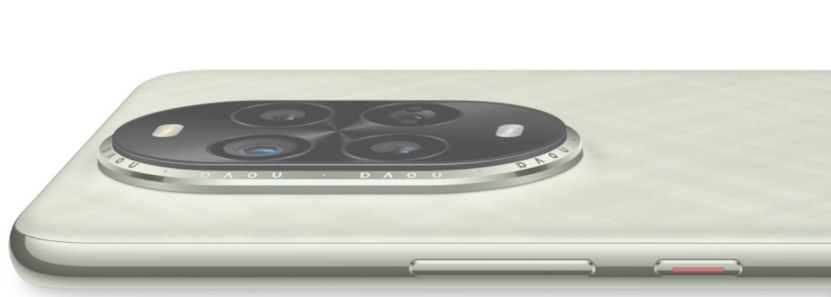In the dynamic world of solar energy, the unsung hero, the solar inverter, has undergone a remarkable evolution since its humble beginnings. Join us on a historical journey as we trace the development of sun solar inverters, exploring their transformative advancements that have propelled them into the forefront of modern renewable energy.

Development of Sun Solar Technology
Genesis: The Birth of Solar Inverters
The roots of solar inverters can be traced back to the early days of photovoltaic technology. In the mid-20th century, as solar cells began converting sunlight into electricity, the need arose for a device capable of converting the direct current (DC) generated by solar panels into the alternating current (AC) used in homes and businesses. This gave birth to the first-generation solar inverters, rudimentary in design but revolutionary in concept.
Waveform Wonders: Advancements in Inverter Technology
As solar technology progressed, so did the sophistication of inverters. The second generation witnessed the advent of waveform control, introducing innovations like Pulse Width Modulation (PWM) and later, Maximum Power Point Tracking (MPPT). These technologies optimized energy conversion, enabling inverters to extract maximum power from solar panels under varying conditions, a significant leap in efficiency.
Integration and Miniaturization
The late 20th century saw a surge in the integration of electronics, leading to the development of compact and efficient inverters. This not only reduced the physical footprint of solar inverters but also paved the way for grid-tied systems, allowing solar-generated power to be seamlessly integrated with the existing electrical grid.
Smart Inverters: The Intelligent Revolution
The 21st century ushered in the era of smart technology, and solar inverters were quick to embrace it. Smart inverters brought a host of intelligent features, such as real-time monitoring, remote control capabilities, and connectivity to smart grids. These advancements not only enhanced user experience but also contributed to the stability and reliability of the broader electrical infrastructure.

String Inverters vs. Microinverters: A Divergence
A notable fork in the evolutionary path of solar inverters occurred with the rise of microinverters. Traditionally, solar arrays used string inverters, with multiple solar panels connected in series. Microinverters, however, took a different approach by assigning an inverter to each individual solar panel. This shift offered advantages such as enhanced system performance, simplified installations, and improved energy harvesting in partially shaded conditions.
The Rise of Hybrid and Battery Inverters
In response to the growing demand for energy independence, hybrid and battery inverters entered the scene. These sophisticated devices not only convert solar power but also manage energy storage systems, allowing users to store excess energy for later use. This development marked a crucial step towards overcoming the intermittency challenge of solar power and opened doors to 24/7 renewable energy availability.
The Future Unveiled: Advanced Inverter Technologies
As we peer into the future, advanced solar energy solutions are poised to redefine the landscape of solar energy. Inverters with Artificial Intelligence (AI) capabilities, blockchain integration for transparent energy transactions, and enhanced cybersecurity features are among the innovations on the horizon. These advancements not only promise increased efficiency but also address the evolving needs of a rapidly transforming energy ecosystem.
Conclusion: The Ever-Advancing Horizon
In conclusion, the evolution of sun solar inverters mirrors the broader trajectory of renewable energy development. From their modest beginnings as simple DC to AC converters, solar inverters have evolved into intelligent, efficient, and versatile components of solar power systems. As we stand on the brink of a new era in energy, the evolution of solar inverters continues to shape the narrative of sustainable power generation, propelling us towards a future where clean, reliable, and smart energy is not just a choice but a global standard.





